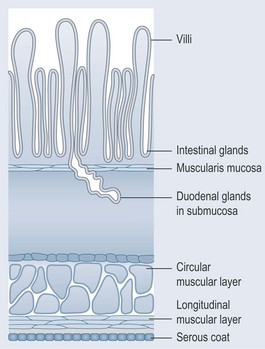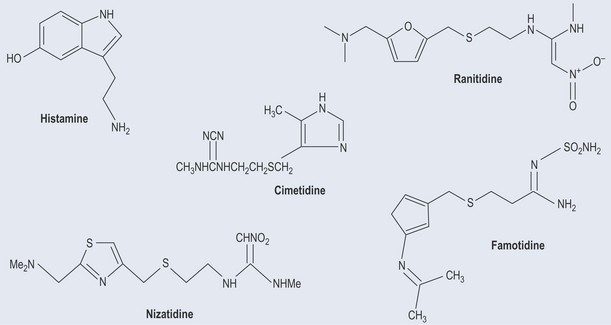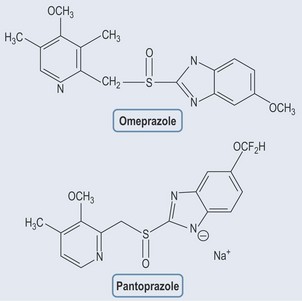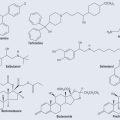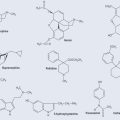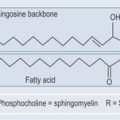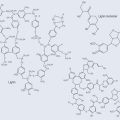Chapter 35 Gastrointestinal disorders
Anatomy of the Gastrointestinal Tract
There are five layers in the gastrointestinal wall (Figure 35.1):
Microflora of the Gastrointestinal Tract
Due to the existence of the commensals, a situation exists where host, bacteria and fungi live together without any adverse effects on one another. In many cases in the gastrointestinal tract, bacteria provide a very useful service, producing vitamins that are vital for health or taking part in chemical reactions necessary to activate compounds (see Chapter 13 ‘Vitamins and minerals’, p. 108). These bacteria are usually non-pathogenic. Most of the gut flora is found in the colon and lives in the lumen of the bowel; it does not normally penetrate the gut wall.
Gastrointestinal Disorders
Dyspepsia
This is a general term for a group of signs and symptoms:
All these symptoms are intermittent.
• Conservative Treatment
• Orthodox Medication
Antacids
Proton Pump Inhibitors
Omeprazole (Figure 35.3) interferes with the liver detoxification system and prolongs the presence of diazepam, phenytoin (an anticonvulsant; see Chapter 33 ‘Neurological disease’, p. 256) and possibly warfarin.
Treatment of Helicobacter pylori
The patient is given a non-radioactive isotope of carbon to drink. Helicobacter pylori breaks this down to ammonia and carbon dioxide. The labelled carbon dioxide is then tested. H. pylori is treated with antibiotics such as clarithromycin, tetracycline, amoxicillin and metronidazole (see Chapter 29 ‘Antimicrobials’, p. 218) and a proton pump inhibitor for 2 weeks.

